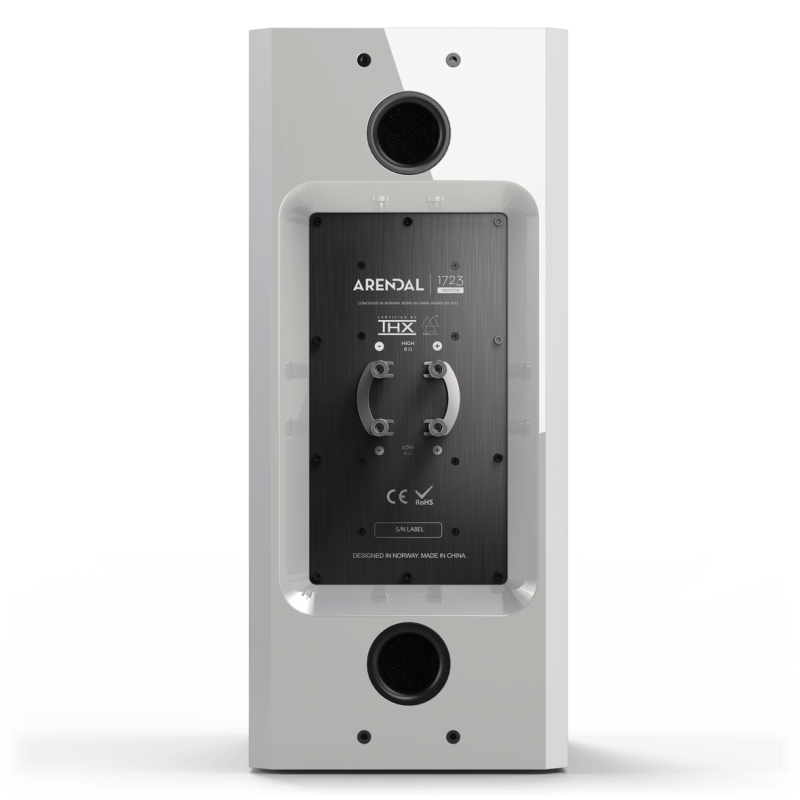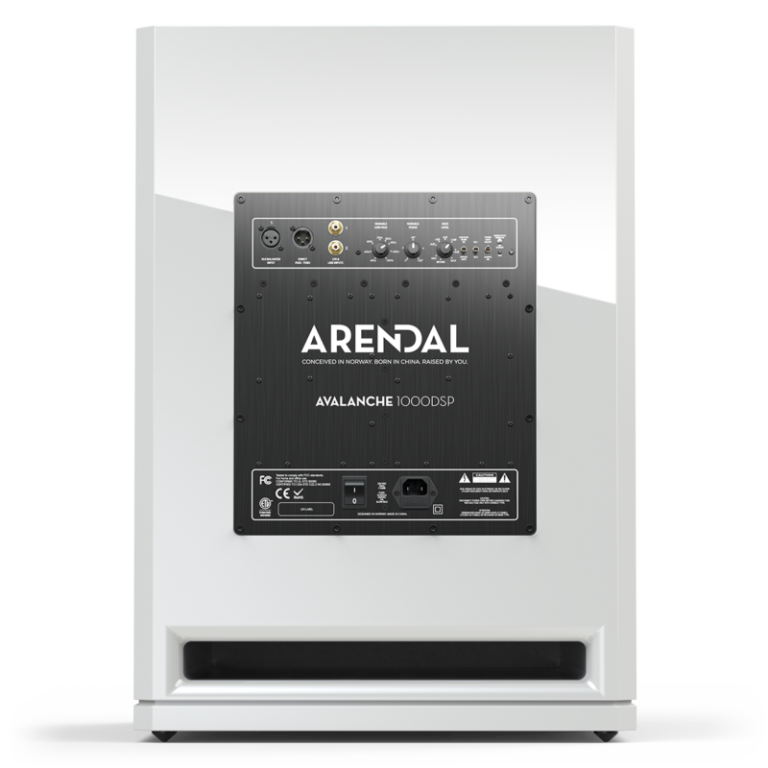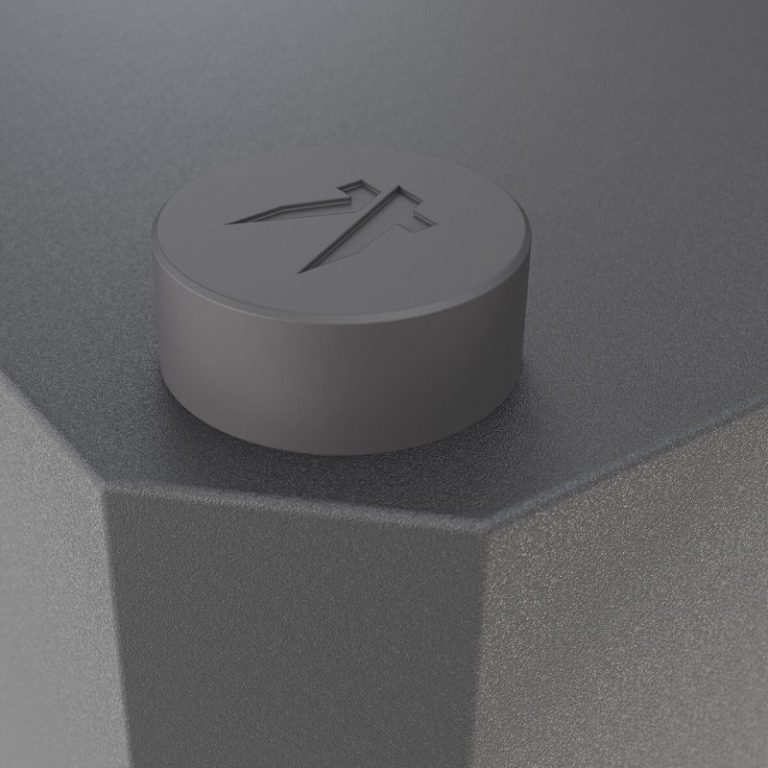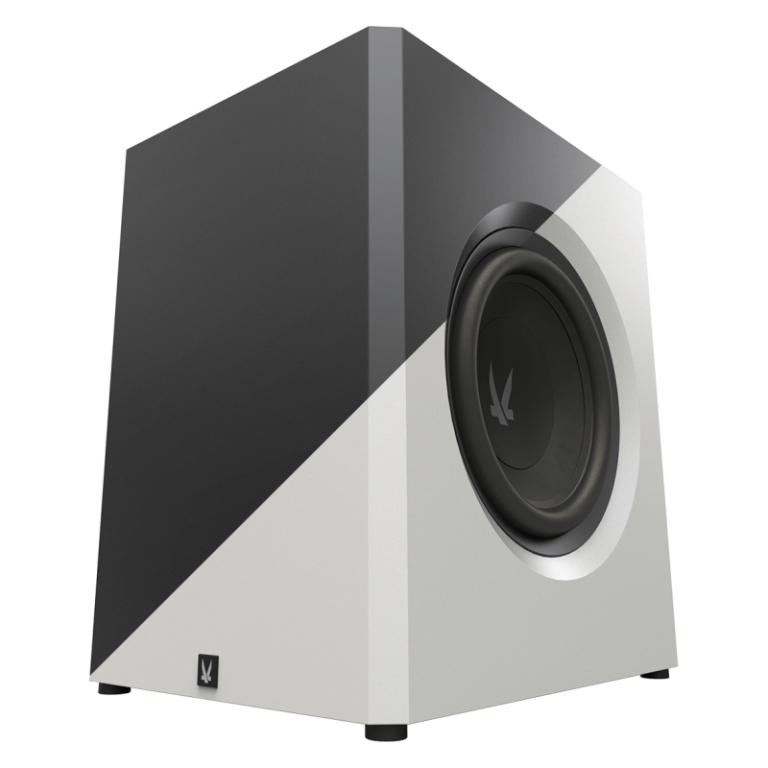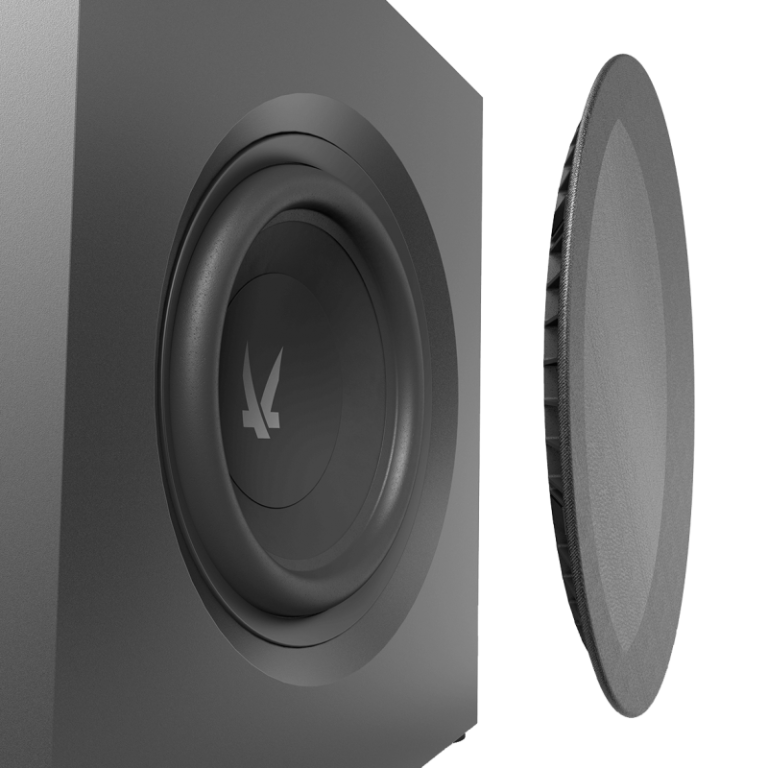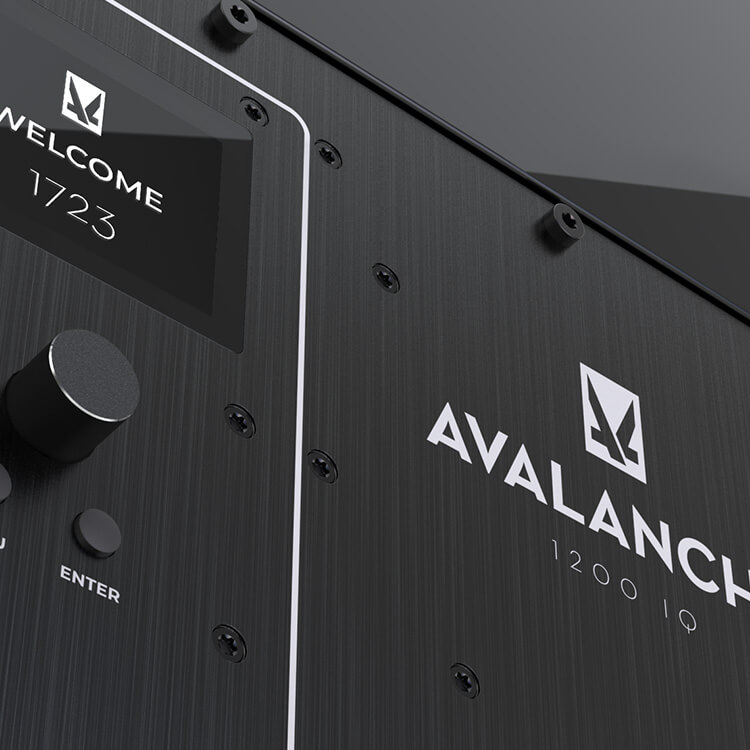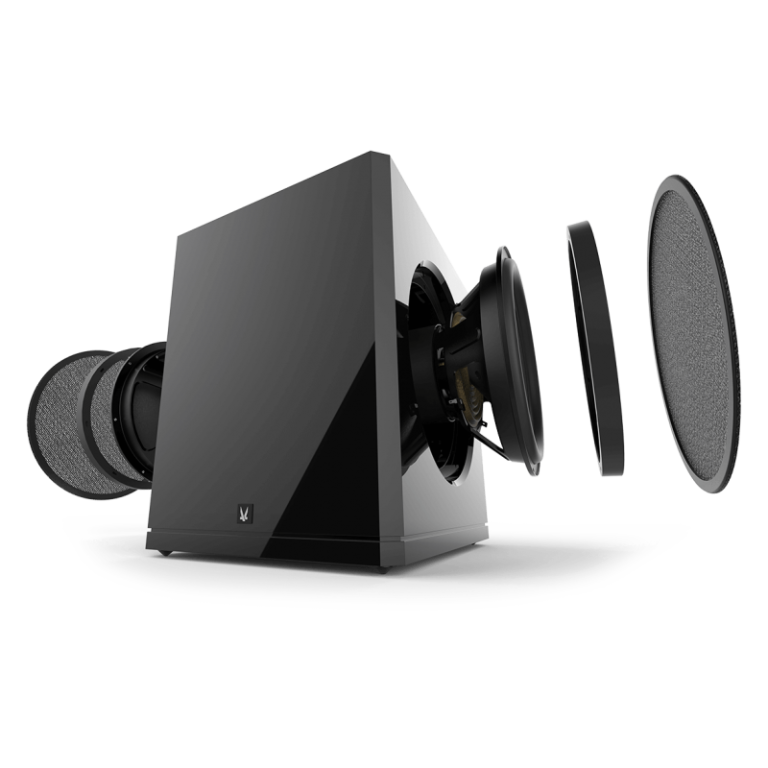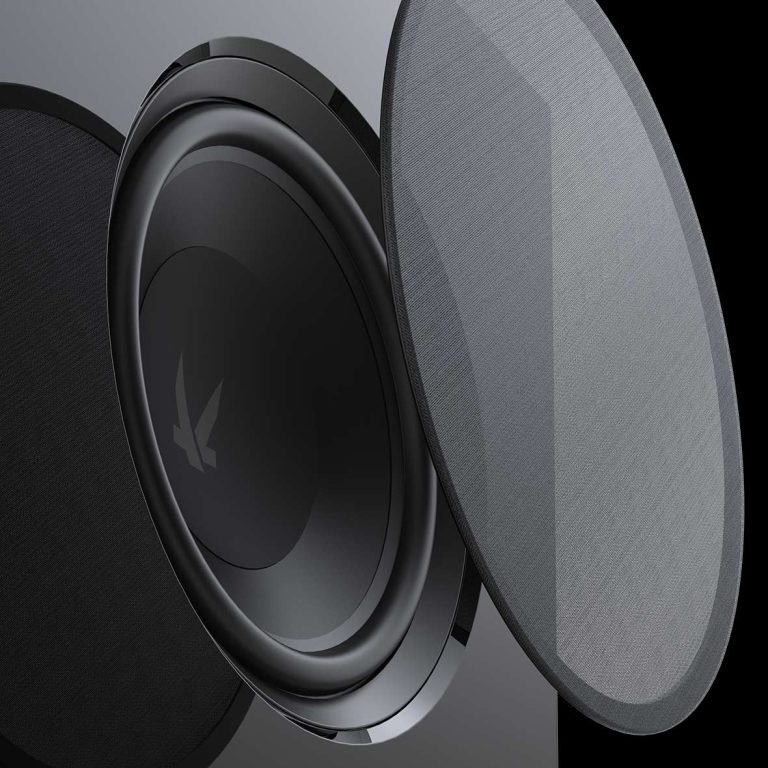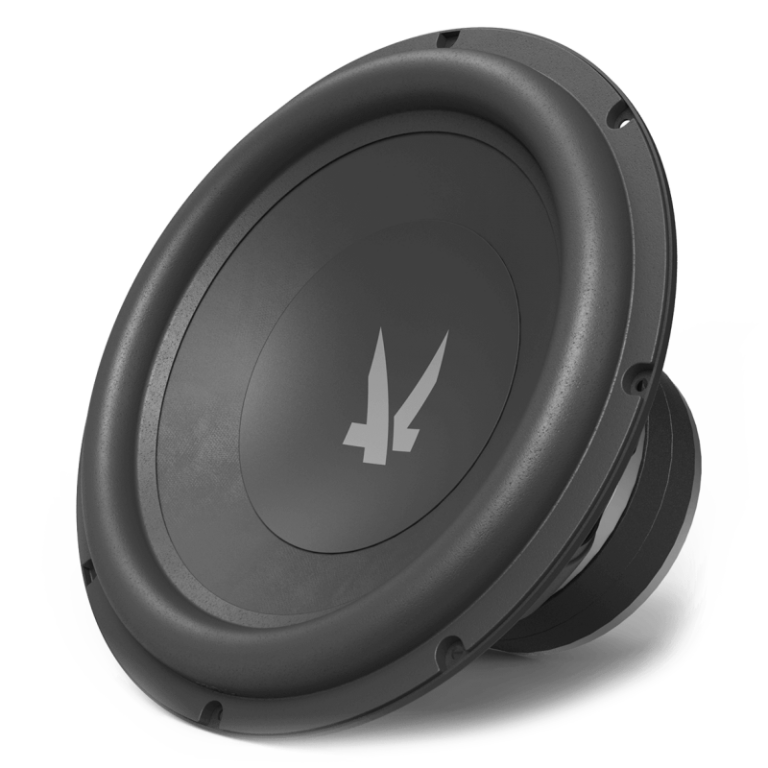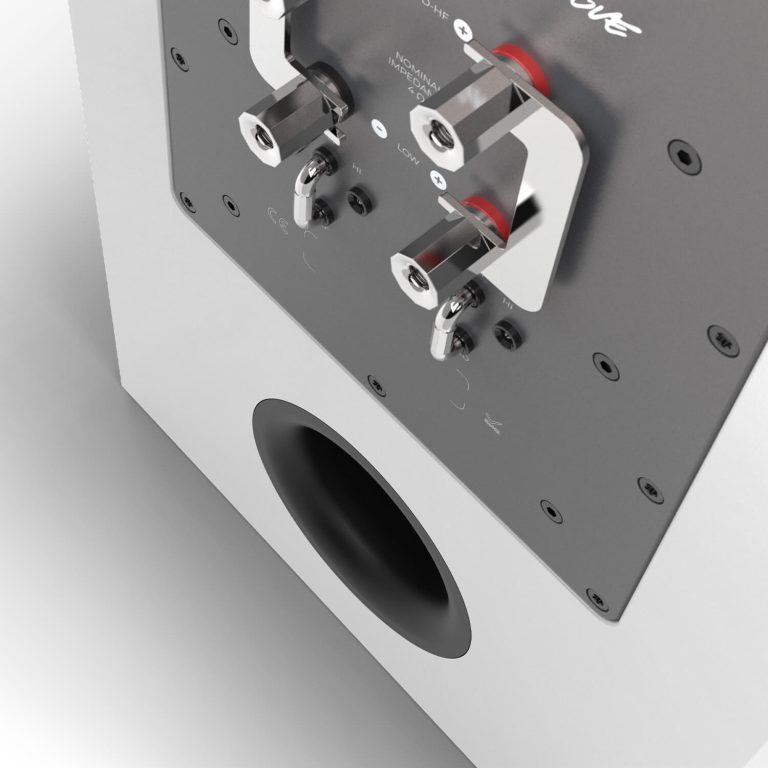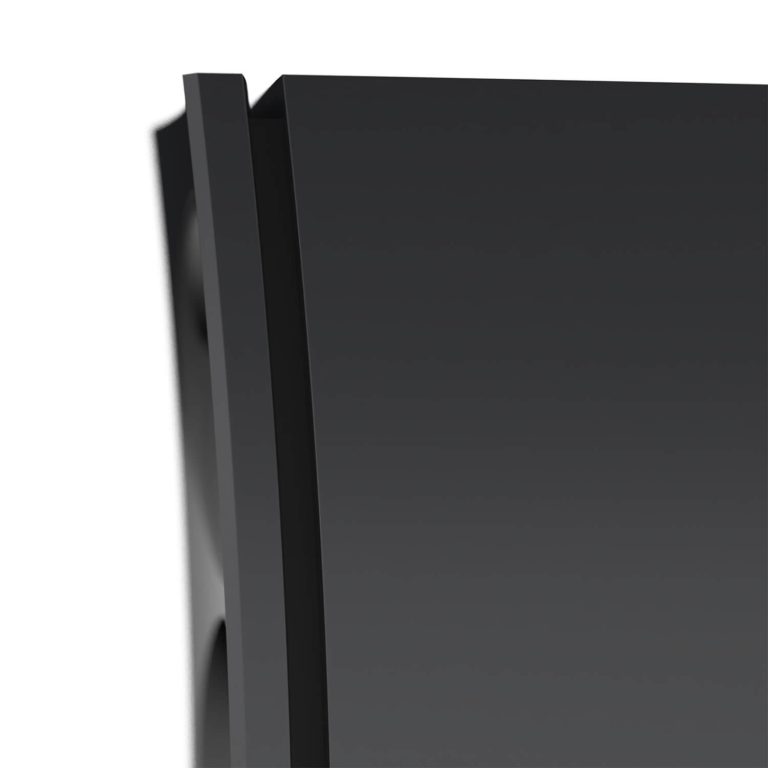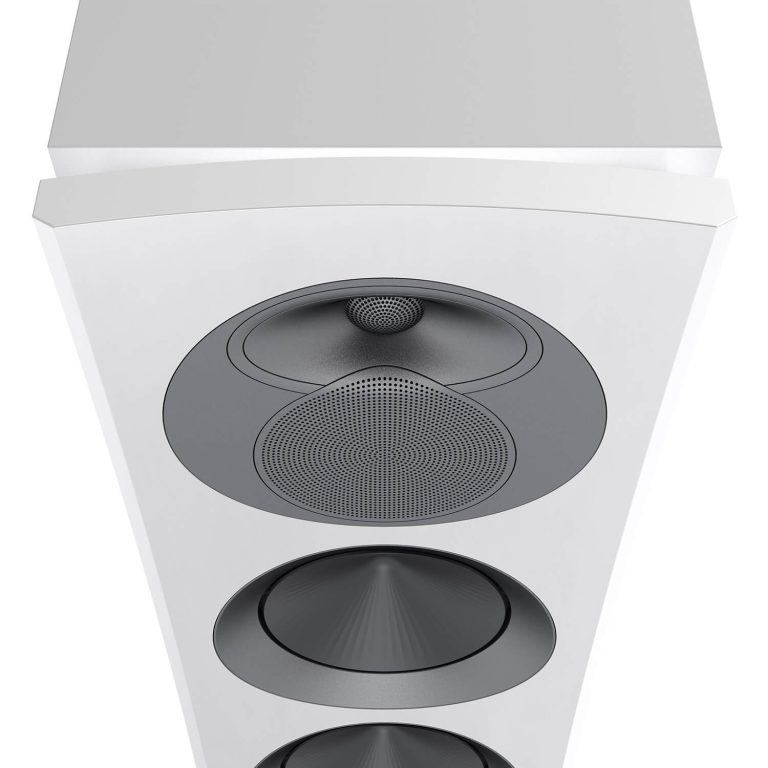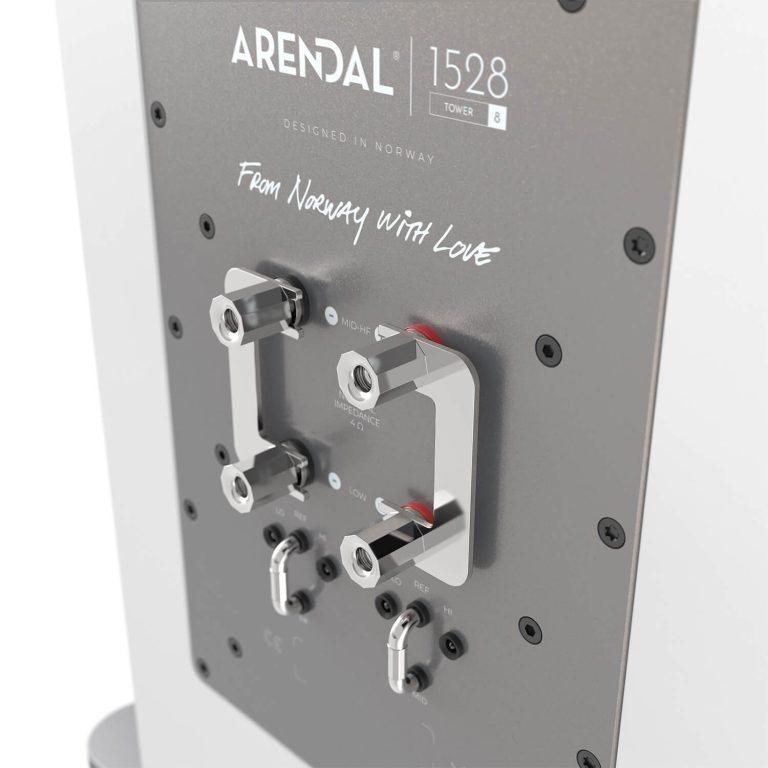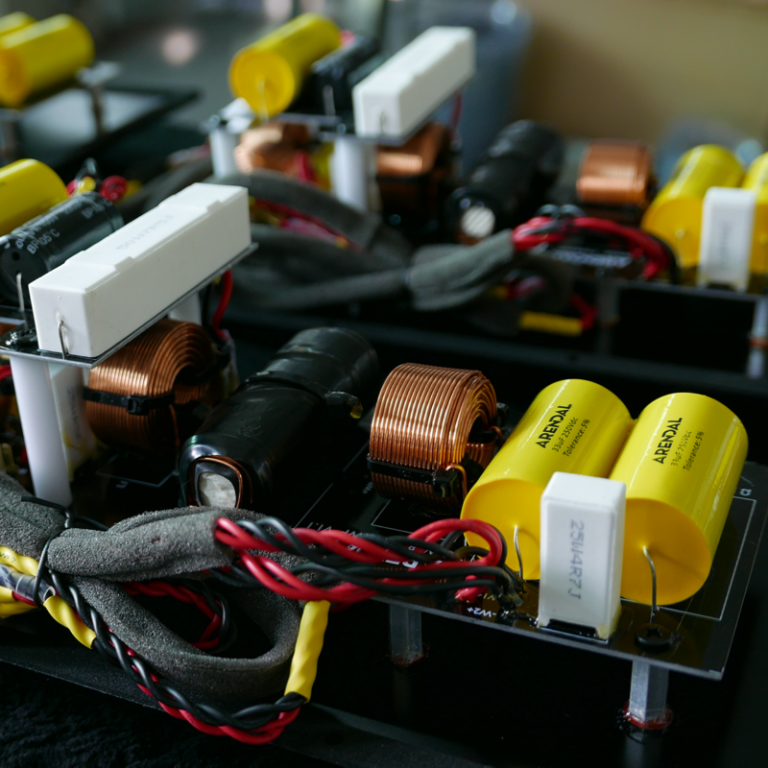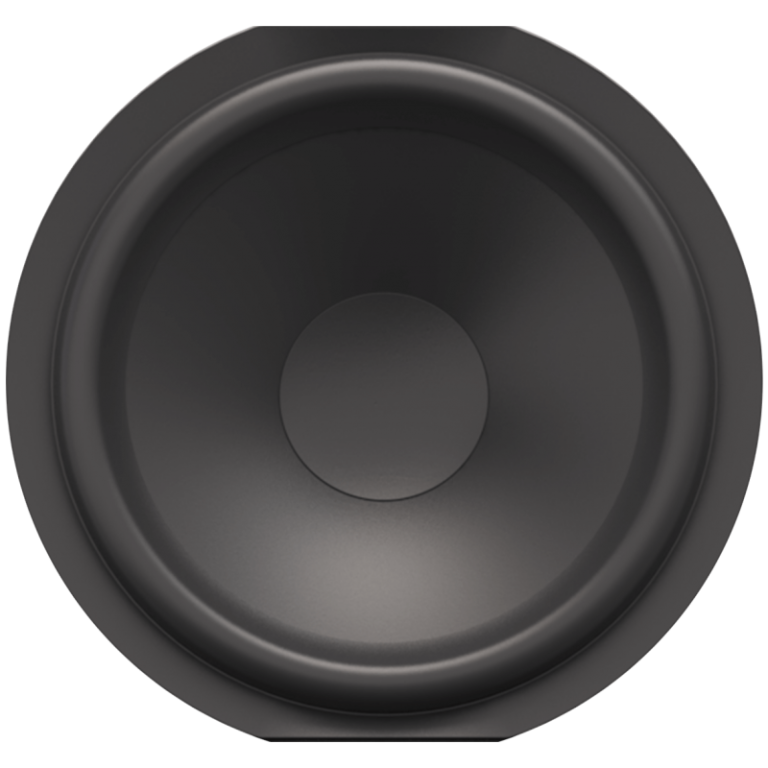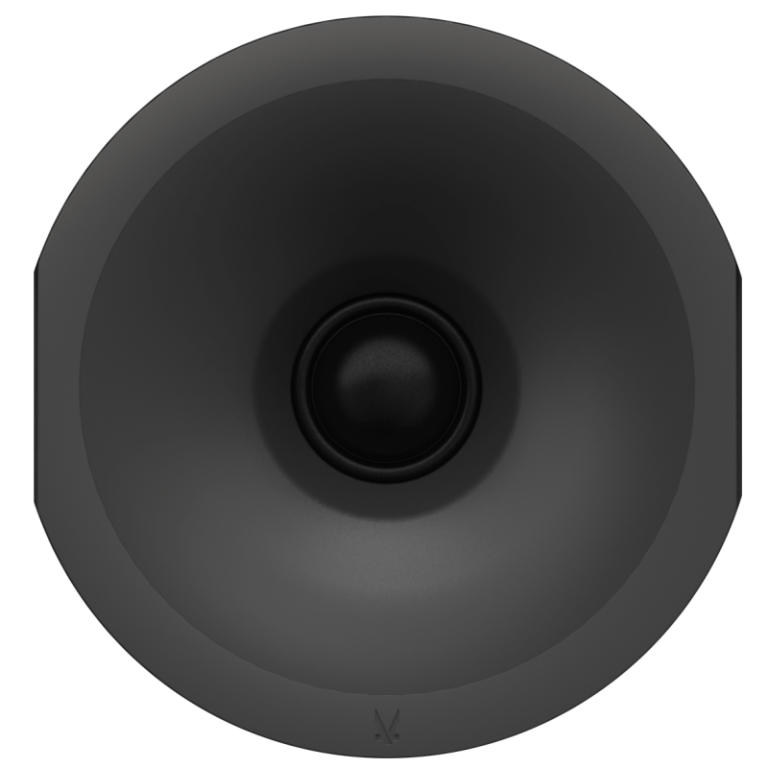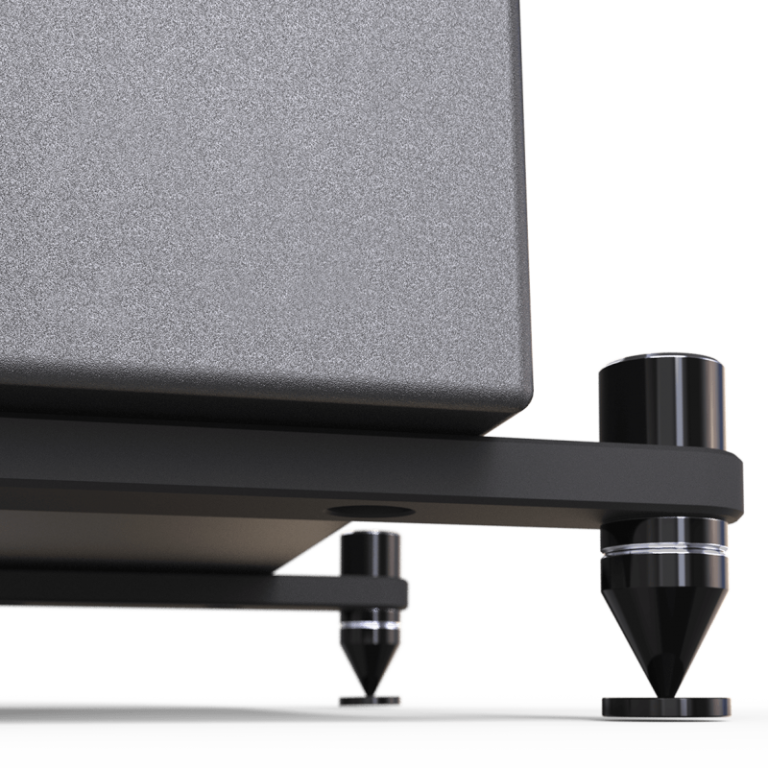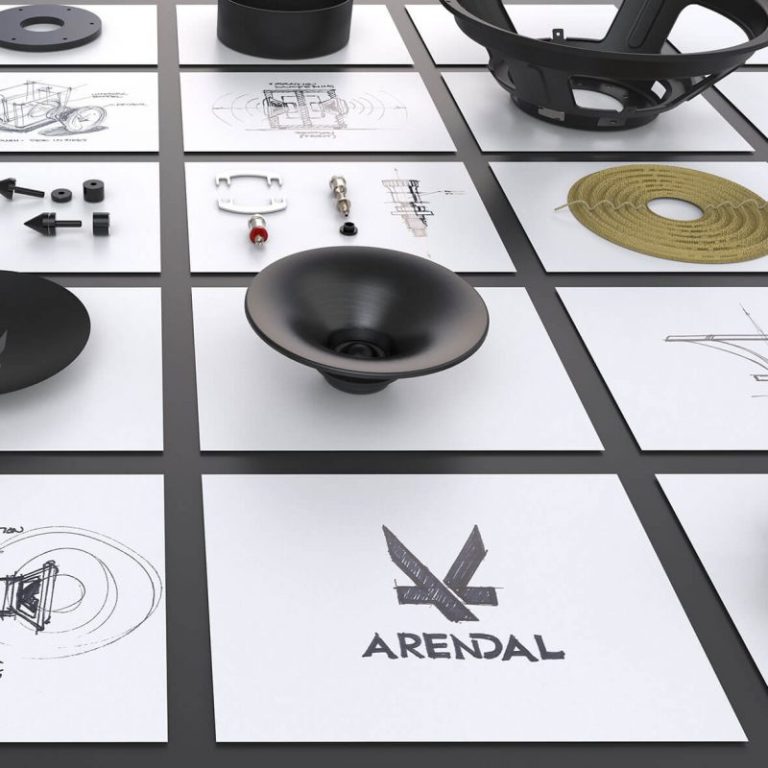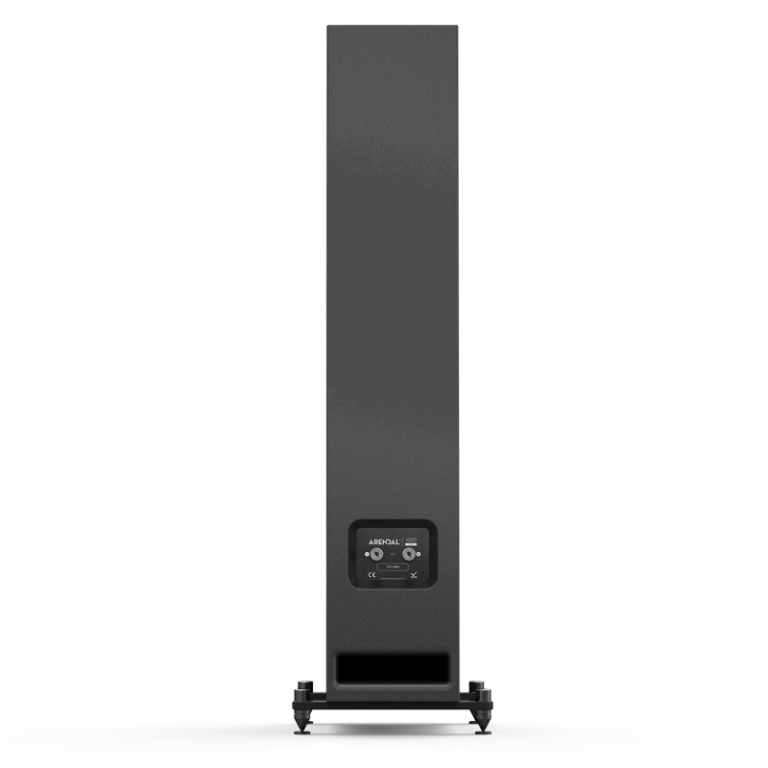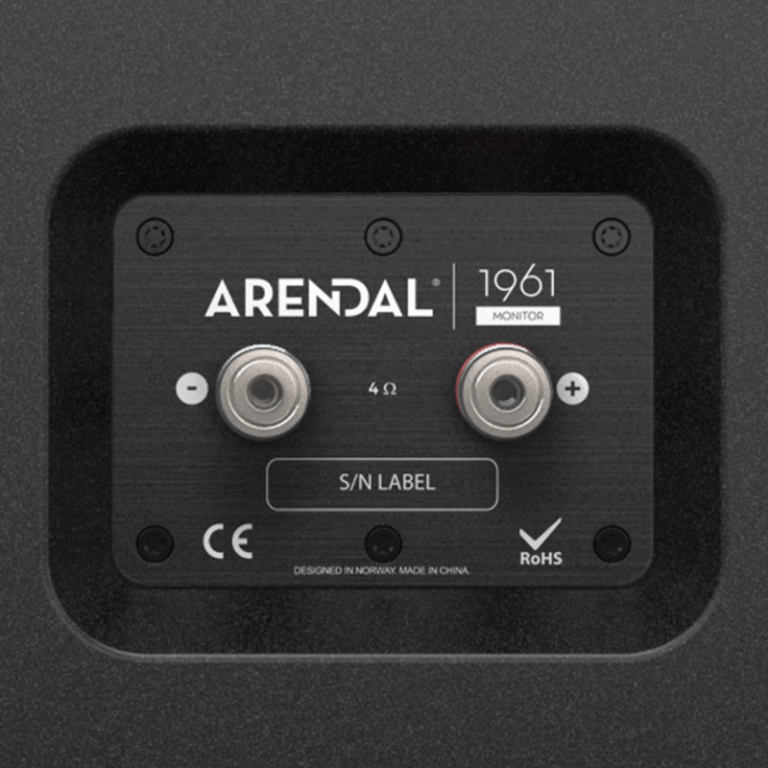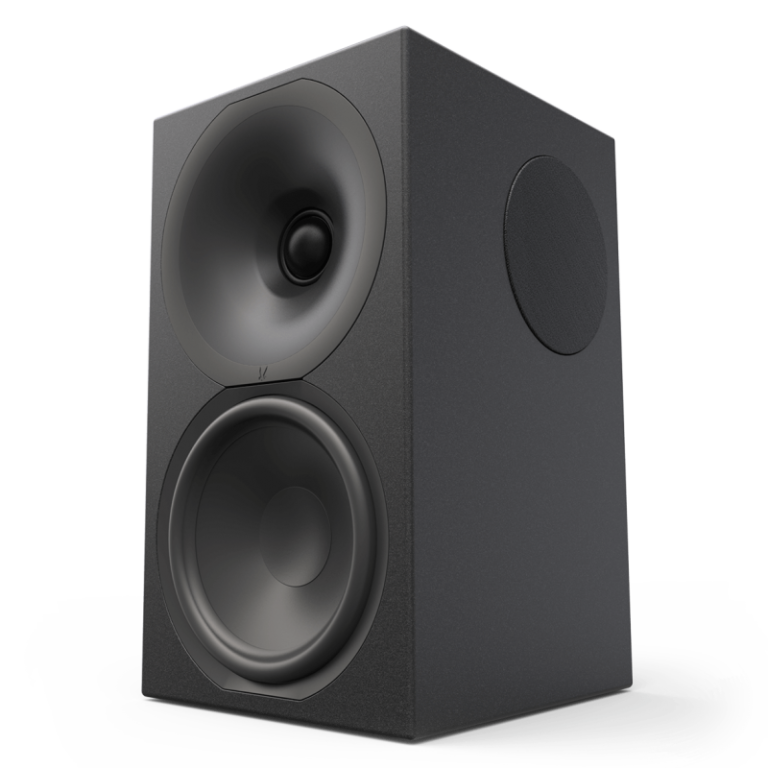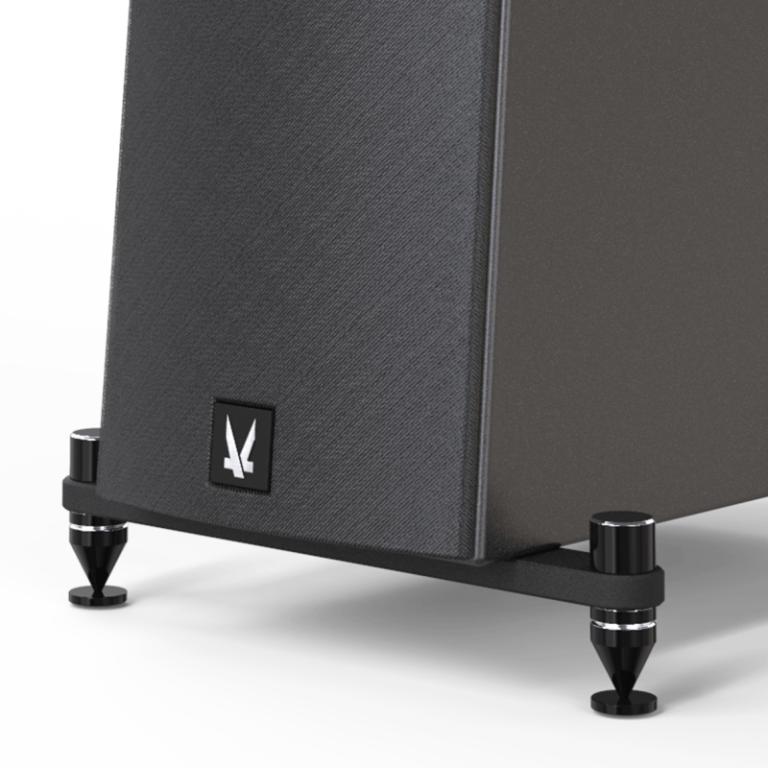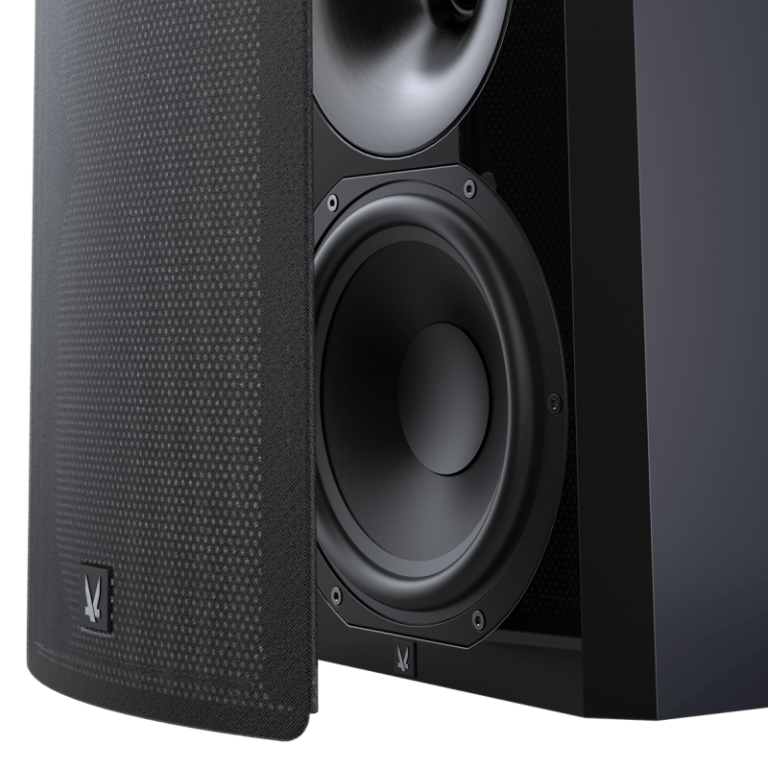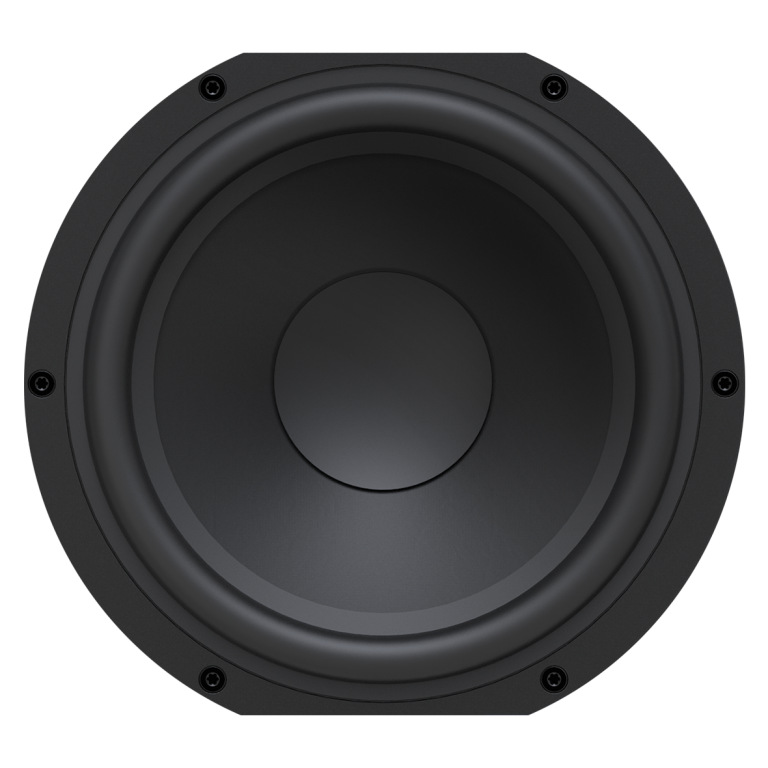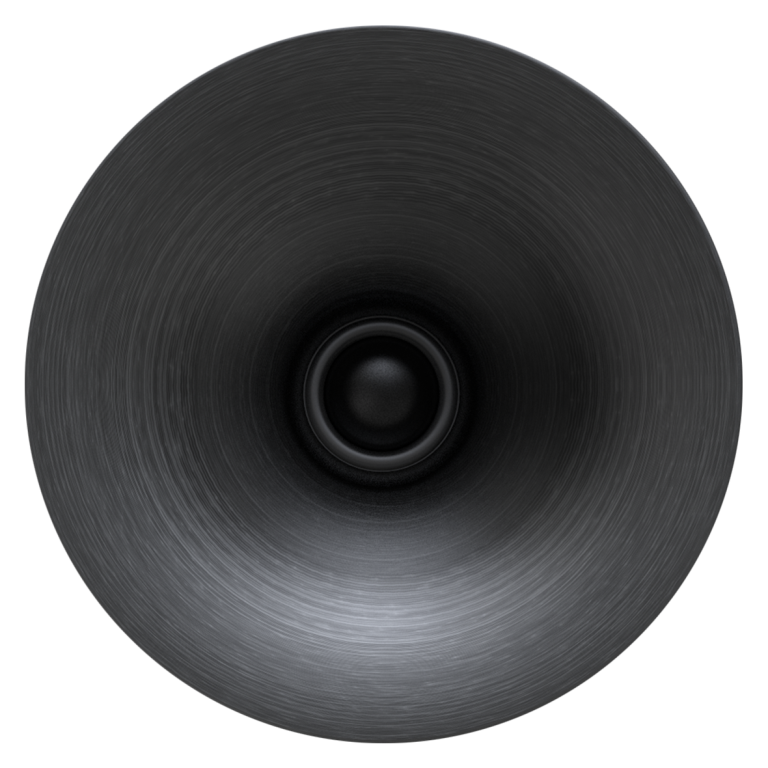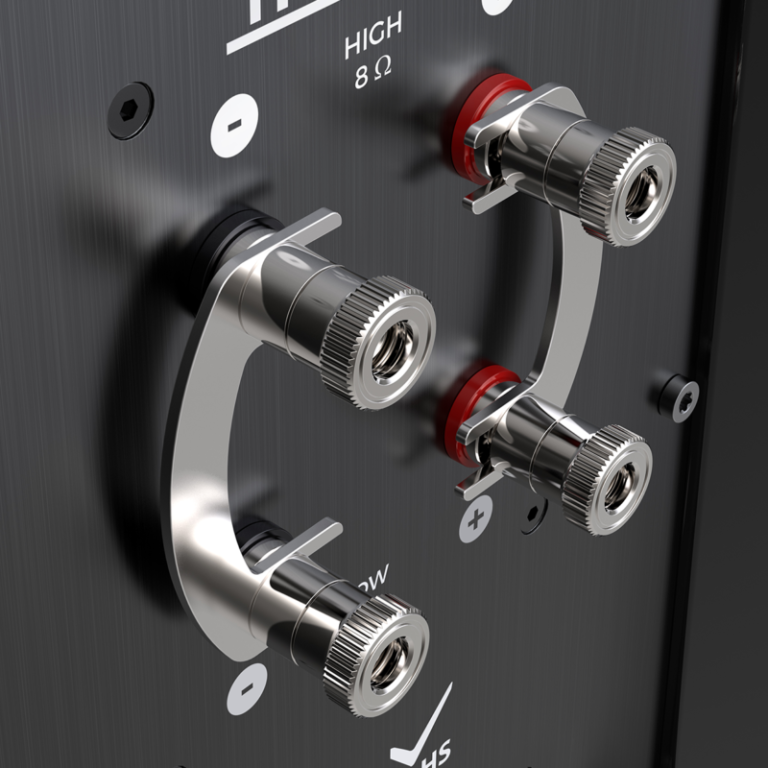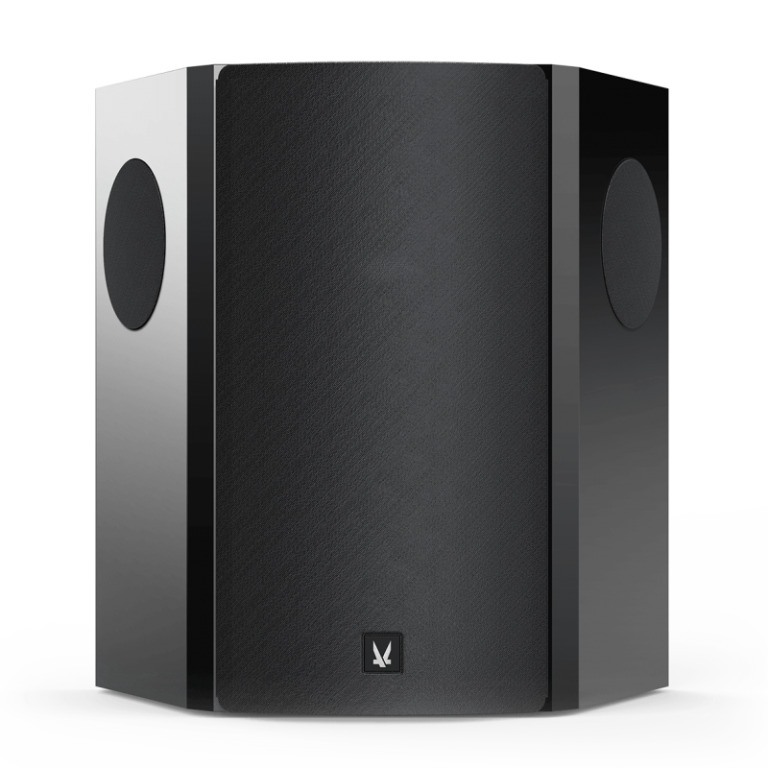SEALED BOX
All Arendal speakers start with an optimal, low Q sealed box designs. Low frequency performance is accurately damped delivering a tight impulse response – the time the driver takes to stop moving after the signal has passed is very short – and rolls off at the natural sealed box rate of 12dB/octave below the combined box and driver resonant frequency. This frequency (quoted as the -3dB point for the bass extension) is somewhat higher than a vented alignment, but the roll off below a vented speaker’s -3dB point happens at 24dB/octave. On paper the vented alignments -3dB point will look deeper, but the sealed speaker compensates with a more extension below roll-off.
It is worth bearing in mind that smaller rooms or speaker positions closer to a wall, tend to add 6-12dB of extra gain per octave with descending frequency below about 40Hz. This dovetails in nicely with the natural opposite delivered by the sealed alignment, to give a surprisingly extended and naturally flat, in-room response.
Thus, sealed boxes exhibit excellent, accurate sound reproduction, with a fast transient response and well damped impulse response. Their naturally flat in-room response and lack of ports, delivers minimal phase shifts, making them the easiest to integrate with a powered subwoofer.
VENTED BOX
The Monitor/Monitor S, Center/Center S and Tower/Tower S enclosures offer the ability to alternatively be used in a vented alignment. By removing the foam plugs inside the ports, low frequency -3dB point can be extended and given different bass characteristics. Damping and therefore impulse response are slightly less optimal than the sealed alignment, so the bass gains a slightly ‘fatter’ and warmer quality, with the extended response obviously delivering more bass output down to the ports tuning frequency. The other trade-off is that the port’s output adds a phase rotation at the bottom end, making addition of a subwoofer harder to integrate, but not impossible.
Larger rooms and/or speaker positions further from room boundaries, may value this extra natural output as they will be less supported than in a smaller room. Equally, some listeners may enjoy this extra output in smaller rooms to deliver truly earth shaking (if not entirely accurate!) bass.
Where Arendal Sound has been clever with the particularly bass proficient 1723 Tower, is the added flexibility of plugging combinations of the 3 ports and 2 ports for 1723 Tower S. With all ports open maximum bass output is guaranteed, but with a higher roll-off point. With one or two ports open you will get a middle way between extension and power. Obviously all ports plugged brings the Tower/Tower S back to a fully sealed alignment. The Tower/Tower S therefore delivers a choice of multiple roll-off, output and damping ‘tunes’ that will suit a wide variety of tastes, room acoustics and speaker placement.
In the case of the Monitor/Monitor S and Center/Center S, our recommendations are in line with the recommendations above with respect to port tuning, room type and positioning. Although remarkably bass proficient, it is envisaged that the Monitor/Monitor S and Center/Center S will typically be supported by a subwoofer for maximum bass extension and will therefore always perform at its optimum when run sealed in this situation.


